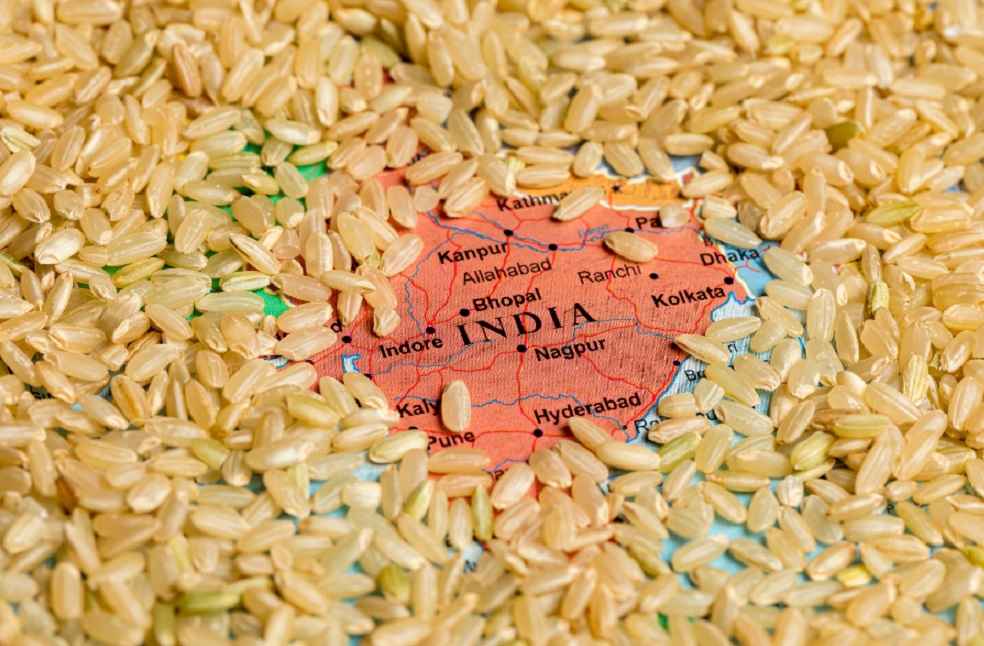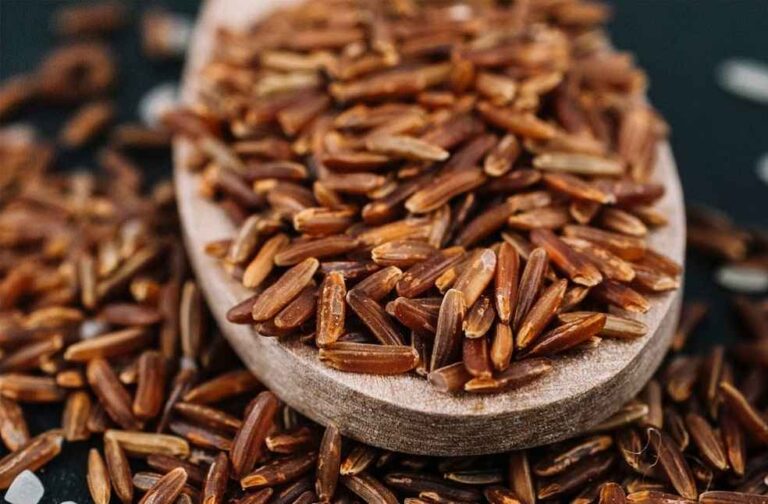Vietnam has begun importing husked brown rice from India, marking the first such transaction in decades. This move underscores Vietnam’s adaptability and foresight in the face of fluctuating supply chains and evolving trade policies affecting essential commodities on a worldwide scale.
Recognized as the world’s third-largest rice exporter, Vietnam’s engagement in importing at least 200,000 metric tonnes of husked brown rice from India between December and February is driven by an ambition to process this grain into a refined, white variant, responding to the vigorous global demand for this staple food.
This strategy emerges against the backdrop of India’s 2023 ban on white rice exports, a decision that significantly curtailed global rice availability. India, as the preeminent rice exporter globally, inadvertently set off a cascade of market adaptations, compelling nations such as Vietnam to swiftly recalibrate their market strategies to ensure supply continuity and maintain their competitive edge.

Vietnam’s rice exports witnessed a phenomenal surge, ascending to a record 8.3 million metric tonnes in 2023. This exponential growth has precipitated a pronounced depletion of Vietnam’s rice reserves, amidst persistent efforts to fulfill the surging global demand. The absence of domestically available rice paddy for milling catalyzed Vietnamese traders to import and profitably process husked brown rice from India.
The economics of this trade innovation are compelling: Indian husked brown rice, procured at approximately $500 per metric tonne on a free-on-board (FOB) basis, is transformed and marketed in Vietnam for over $600. This lucrative differential highlights the profitability embedded in processing and re-exporting Indian rice, a tactic swiftly embraced by Vietnamese traders.
This development now signifies Vietnam accounting for nearly 95% of India’s total husked brown rice exports, with a monthly import volume of around 70,000 metric tonnes, underscoring the robustness and sustainability of this trade conduit.

The narrative of this trade evolution is complex. Before India’s export restrictions, Vietnam predominantly imported 100% broken white rice for animal feed and beer production. The current scenario illustrates Vietnam’s strategic response to market shifts and the profound impact of policy decisions on the trajectories of global trade.
Countries such as the Philippines, Indonesia, Nigeria, Senegal, Ivory Coast, and Malaysia, which are major importers of rice, now find themselves navigating a market where traditional supply patterns are being redefined. With India confining its exports to parboiled and premium basmati rice varieties, the landscape of the global rice trade is undergoing significant transformation.
LATEST NEWS | China-Australia Trade Boost: Eyeing New Heights in CPTPP Bid



